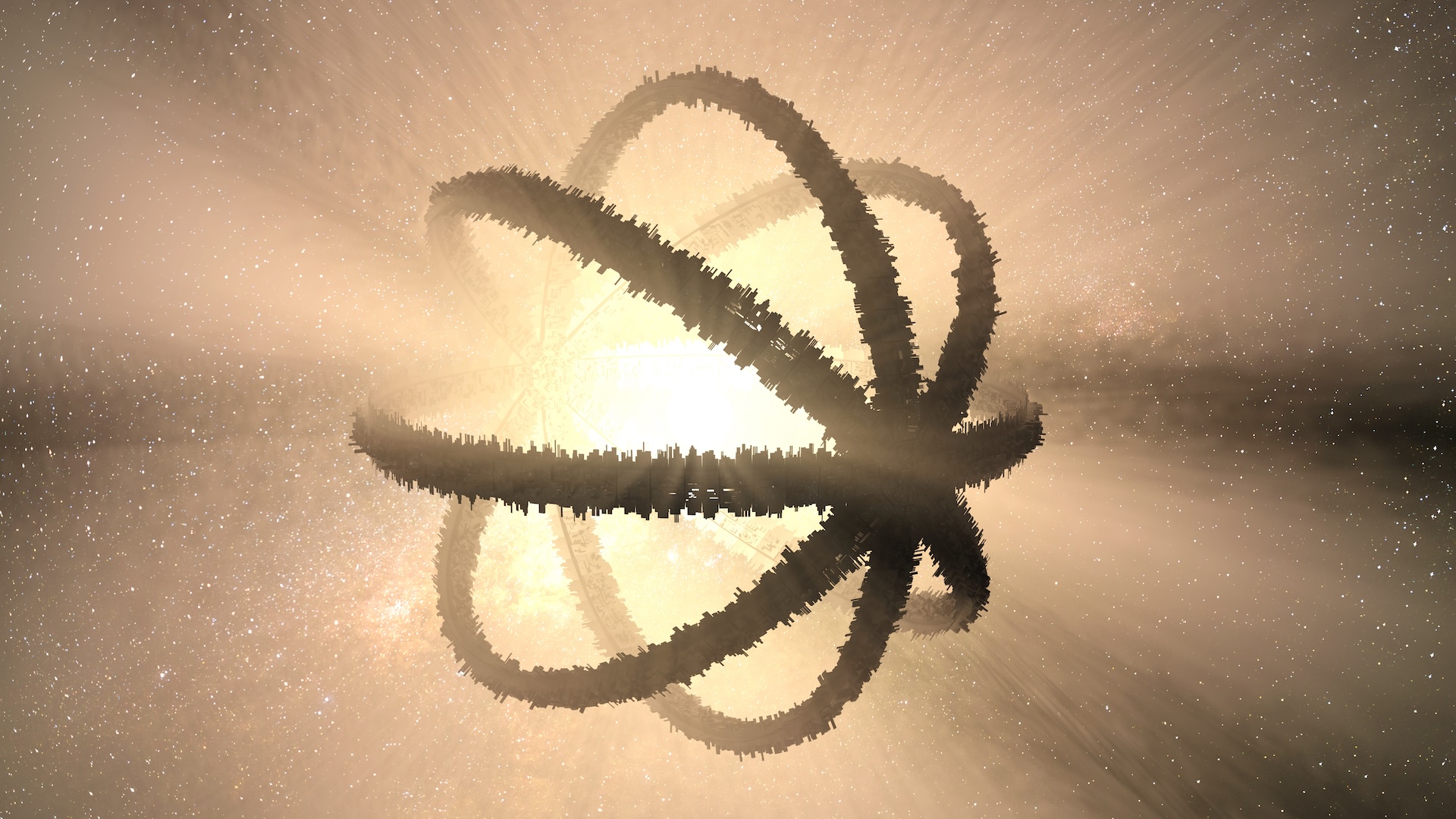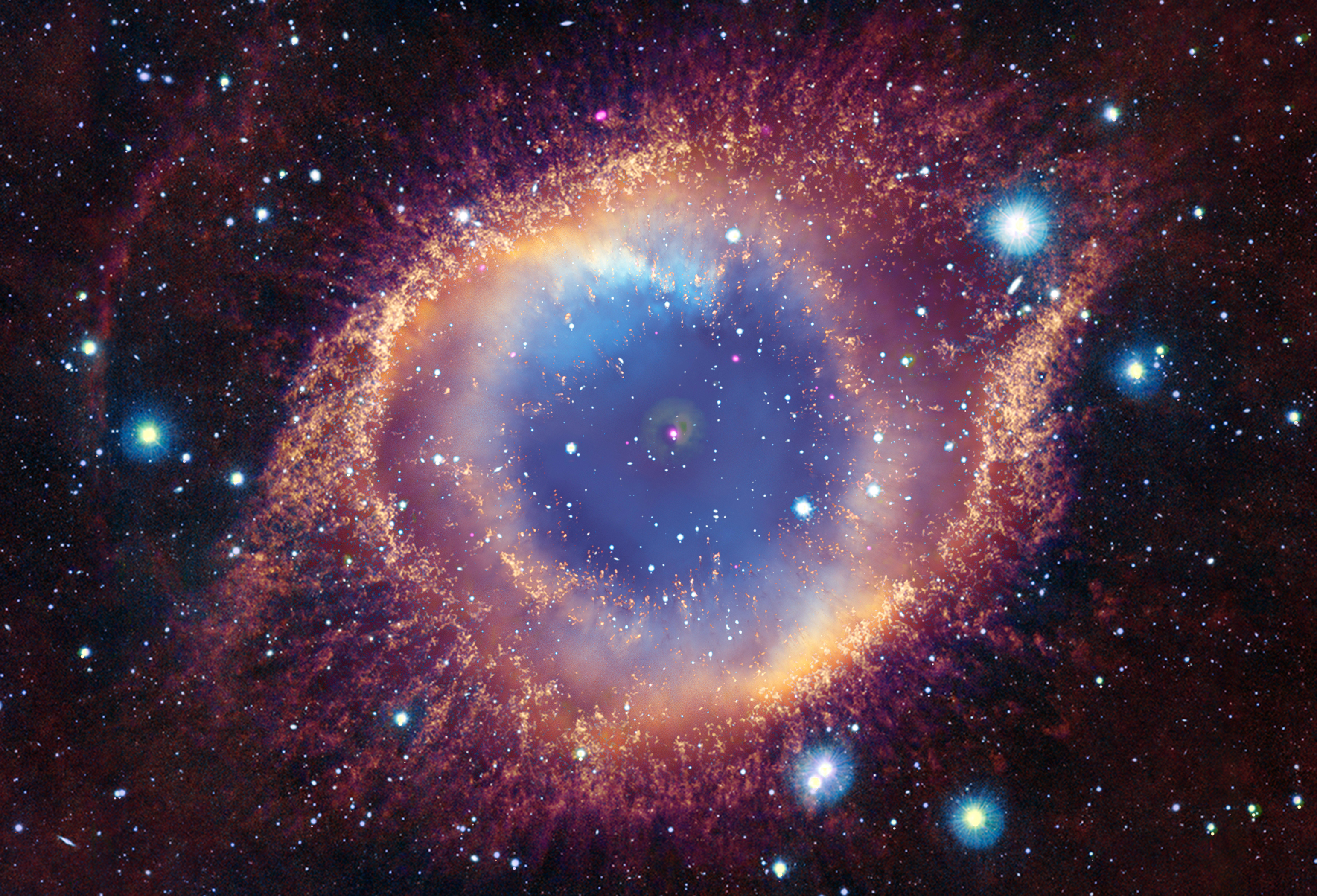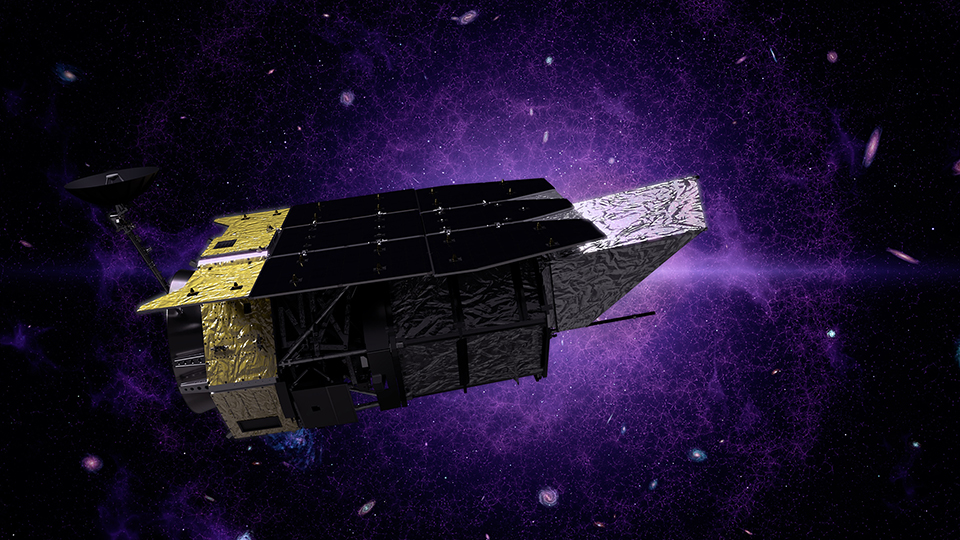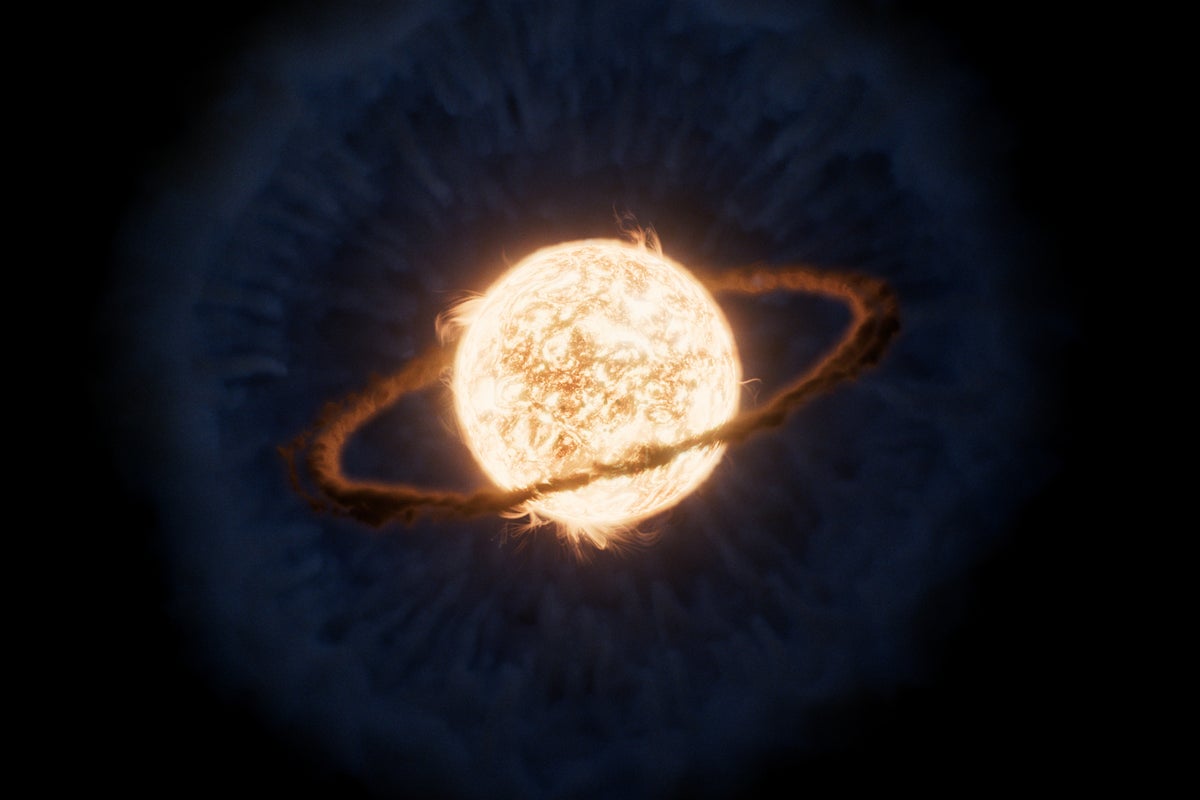How do astronomers find distant planets ... if we can't see them?
Dune. Star Wars. Alien. Science fiction movies love alien worlds, and so do we. But how do scientists find planets outside our solar system in real life? One way is by looking for the stars that wiggle. Historically, astronomers have measured those wiggles via the Doppler method, carefully analyzing how the star's light shifts. Thanks to new data from the GAIA telescope, scientists have a much better picture of distant stars' wiggles — and the exoplanets that cause them.Want to hear more about exoplanet discoveries? Send us an email at shortwave@npr.org. Listen to every episode of Short Wave sponsor-free and support our work at NPR by signing up for Short Wave+ at plus.npr.org/shortwave.


Dune. Star Wars. Alien. Science fiction movies love alien worlds, and so do we. But how do scientists find planets outside our solar system in real life? One way is by looking for the stars that wiggle. Historically, astronomers have measured those wiggles via the Doppler method, carefully analyzing how the star's light shifts. Thanks to new data from the GAIA telescope, scientists have a much better picture of distant stars' wiggles — and the exoplanets that cause them.
Want to hear more about exoplanet discoveries? Send us an email at shortwave@npr.org.
Listen to every episode of Short Wave sponsor-free and support our work at NPR by signing up for Short Wave+ at plus.npr.org/shortwave.![]()


















































































!['The Dream is [still] Alive': First IMAX film shot in space at 40 years](https://cdn.mos.cms.futurecdn.net/ii3bo2jM3f9hmrYbo3p7pF.jpg?#)






































![The breaking news round-up: Decagear launches today, Pimax announces new headsets, and more! [APRIL FOOL’S]](https://i0.wp.com/skarredghost.com/wp-content/uploads/2025/03/lawk_glasses_handson.jpg?fit=1366%2C1025&ssl=1)





















